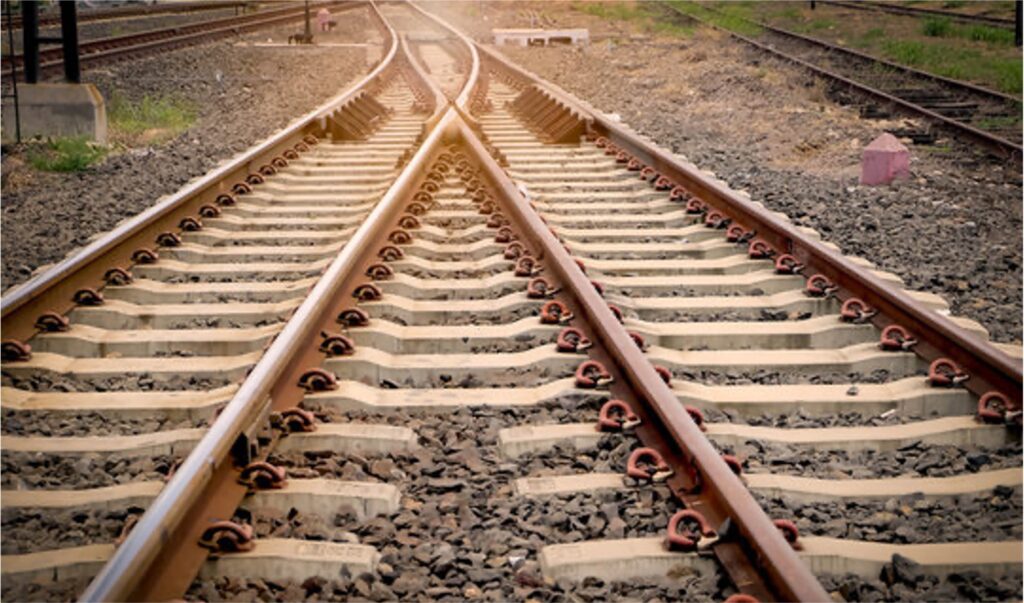We wrote a story recently imagining the lives of two 1275 collectors in 2065. Since its publication, the very apparent reality of climate change has hit close to home, as temperatures have risen to highs of +20°C, and promptly fallen back down again within the space of two weeks.
In the vineyards, the main impact of temperature rises across seasons is an early start to the vine cycle. Without sub-zero winters, the vines do not have dormant periods for regeneration, and new buds of the year are blooming earlier. This puts the fledgling shoots at much greater risk of being damaged by frost – the period between now and the Saints de Glace (usually c.15th May) is a fearful one for vignerons. You can recap the key factors of climate change impacting wine production here.
What does this mean for wine’s future?
Despite the harsh effects of an avenging Mother Nature, the quality of top wines is not as yet threatened, thanks to the technology, knowhow, and overall budget afforded the best wineries to handle episodes of extreme heat or spring frost. The sophistication of weather mapping systems, and a philosophy of uncompromising quality mean that, even in afflicted vintages (such as Bordeaux 2017), these domains can still produce very good wine, albeit in reduced quantities. While vintages of this kind may not rank in line with the greats (1982, 1996, 2010, 2016, 2019), they will still provide drinking pleasure over several years.
The greater issue at hand is perhaps socio-economic. While the option of producing value rather than volume is open to top estates (and matches the directional trend of luxury consumable goods), most vineyards across traditional regions such as Bordeaux and Burgundy have an impossible choice to make when Jack Frost looms. Without the funds to arm themselves with heavy duty equipment such as helicopters, wind turbines, and candles, smaller wineries can either make almost no wine, or compromise heavily on quality.
Drinking up – The end of “Vins de Table”
Should this trend continue, we may ultimately be faced with the end of mass wine production from traditional regions. Per capita wine consumption in France has dropped from 120 litres per annum to 45 over the last 50 years. Consequently, a government program to finance grubbing up of some 15’000 hectares of vines in the Gironde area was approved in 2023. And while emerging markets for wine compensate for annual consumption figures on a global scale, buying habits of new generations lean heavily into the luxury brand model, with wine lovers today choosing to drink less, but better quality wine.
So the consolidation of wine production by those at the top of their game is perhaps inevitable – natural climatic forces and consumer trends walk hand in hand to bring the quality of wines up, and the quantity down. Fast-forward another 50 years, the polarisation of wine we are experiencing today may well have run its course, pitching fine wines that are much harder to come by as the new global standard.

